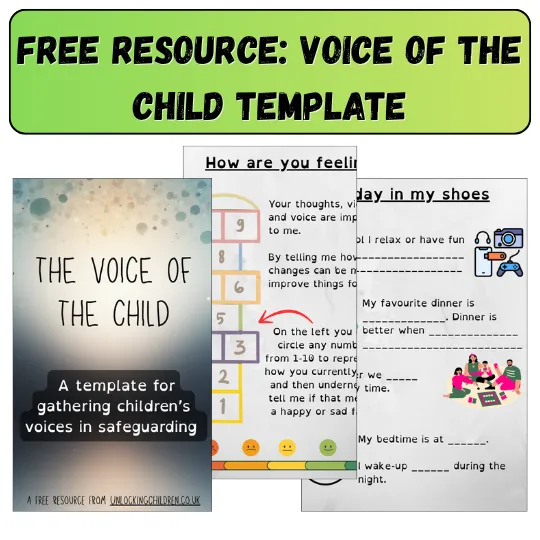What is the 3-House Assessment Tool?
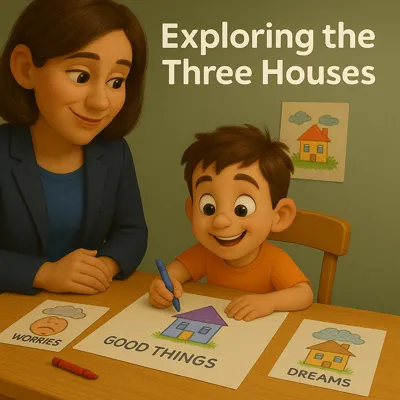
The 3-House Assessment Tool provides a structured way for children to share their experiences in a supportive environment, enabling adults to understand what matters most to them. The three-house tool helps build trust, enhance communication, and tailor support to suit each child's unique needs.
It is a creative and child-centred approach to understanding a child’s lived experience, the positive aspects they value, and their dreams for the future. This tool offers children a safe space to express themselves, allowing their thoughts and feelings to be highlighted in meetings or reviews, where adult perspectives can often overshadow theirs.
Using the 3-House model, practitioners gather insights and actively foster trust, demonstrating to the child that their voice genuinely matters. When children see their input valued and incorporated into decision-making, they feel empowered, knowing their thoughts can bring about real change.
How Does the 3-House Assessment Work?
There are 3 aspects to the 3-house assessment. The house of worries helps identify safeguarding concerns, the house of dreams can highlight aspirations, and the house of good things can uncover protective factors. Here’s how the 3-House tool works:
House of Worries
This house encourages children to openly share their concerns, aiding in recognising where support is required.
House of Dreams
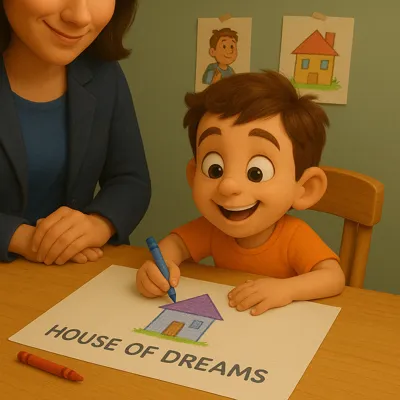
Here, children can share their hopes and aspirations, highlighting the goals and changes they wish to see in their lives.
House of Good Things
This house encourages children to recognise and share the aspects of their lives that bring them joy and stability.
To tailor this experience, try using themes that match the child’s interests, such as islands, cars, or castles. This flexibility makes the process more engaging and relatable and can help you consider any cultural differences.
The 3-House Assessment Tool isn’t just a tool for listening; it’s a bridge to deeper understanding and meaningful advocacy, helping adults support the child’s journey towards a brighter future.
3-House Assessment – Examples
Below is an example of how to use the 3-house assessment tool. You can download the blank template for yourself or create your own with the child you are working with.
Blank Example
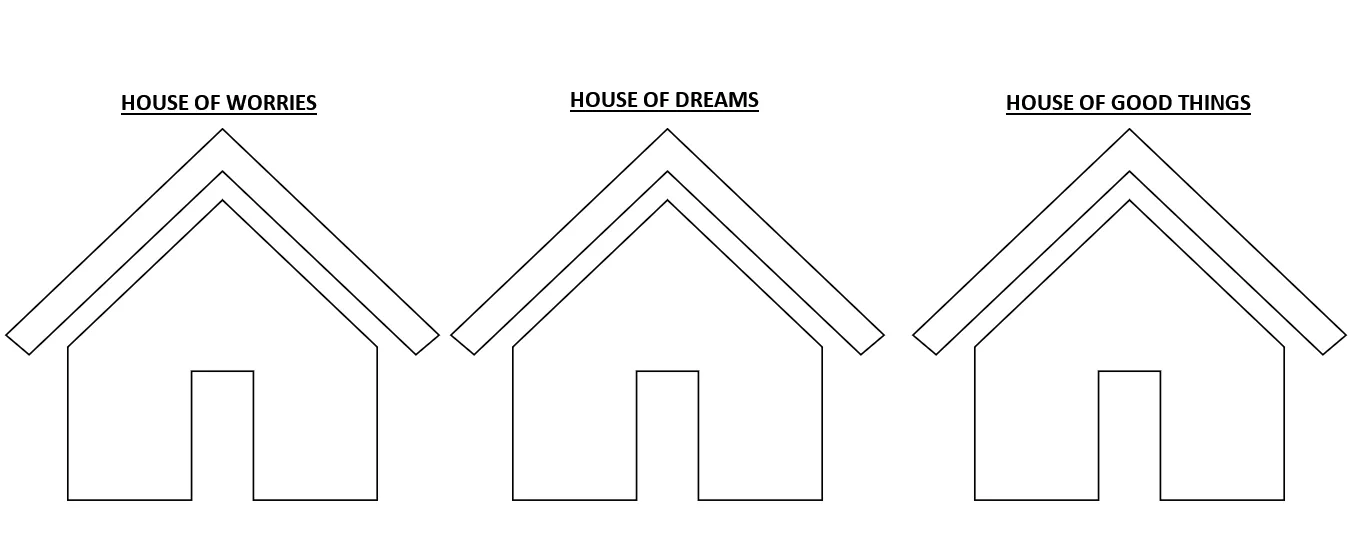
Completed Example
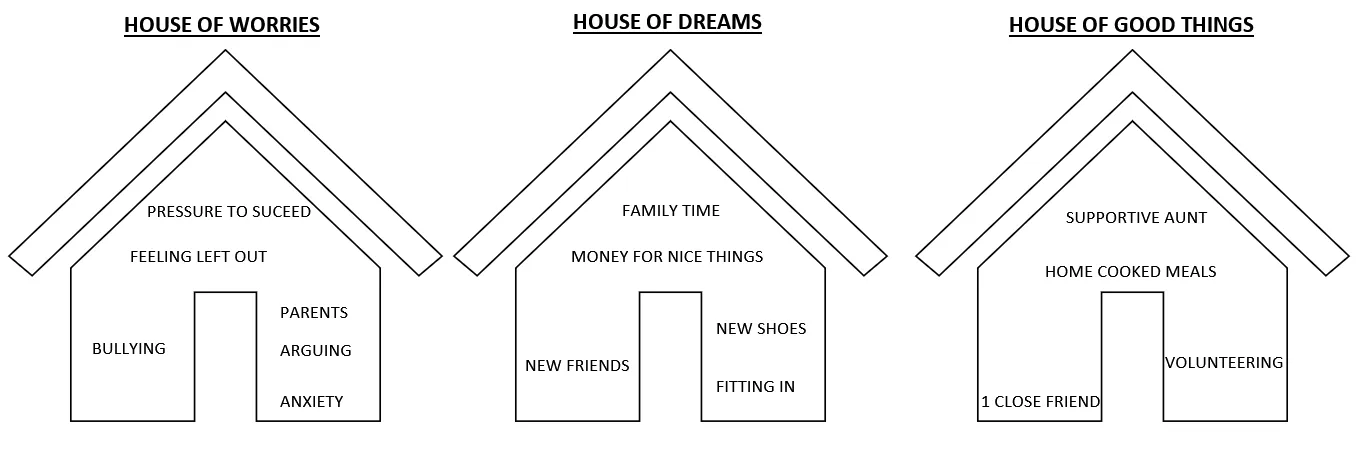
This example involves a (fictional) boy called Peter.
Peter, a 12-year-old, starts by drawing his three houses. In his ‘House of Worries,’ he describes feeling excluded at school. In the ‘House of Dreams,’ he imagines a place where he has new friends and feels accepted. Lastly, in his ‘House of Good Things,’ he mentions that he loves spending time with his aunt and feels secure there.
House of Worries – Examples
This house offers a safe environment for the child to express their worries, highlighting areas where support and positive changes are necessary.
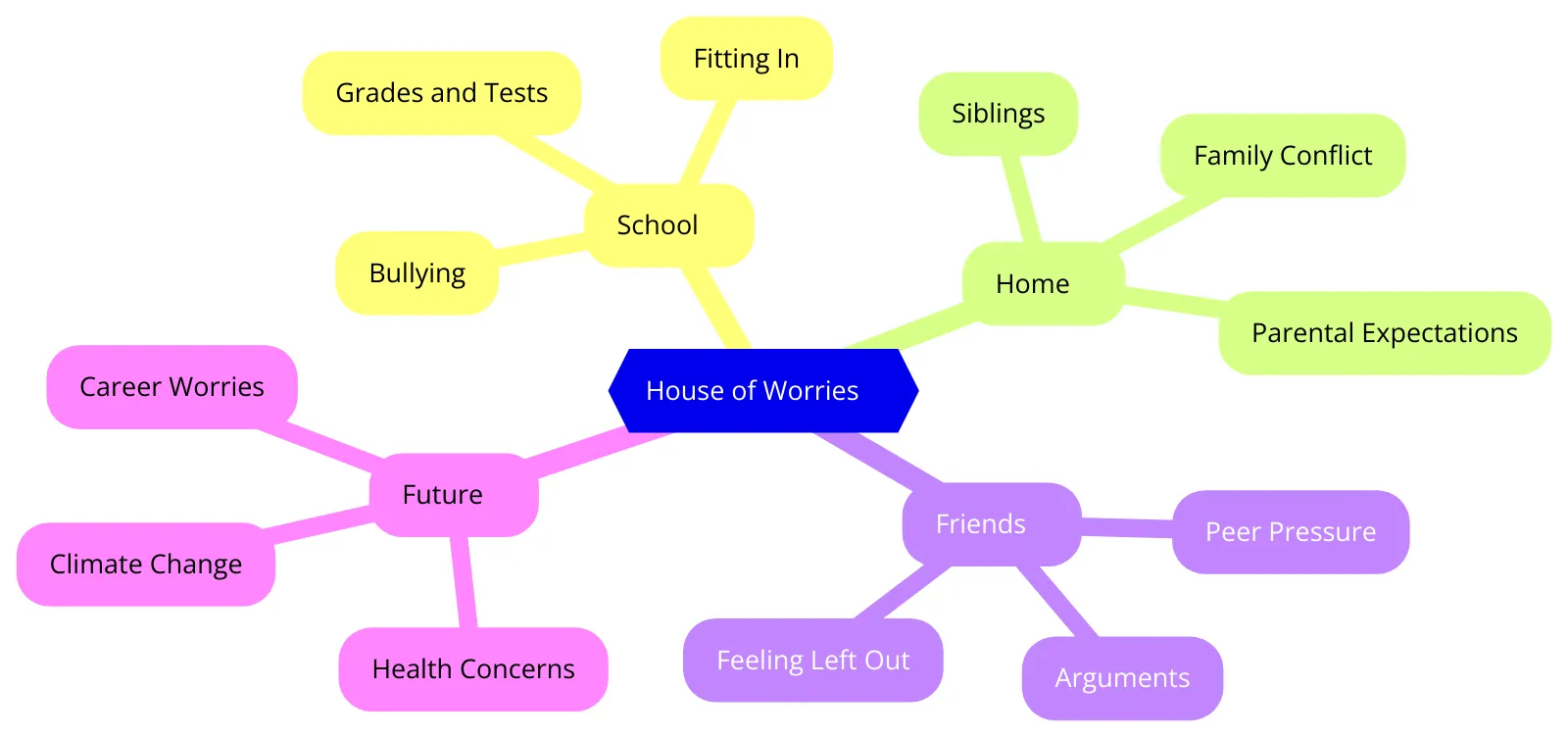
House of Dreams – Examples
This house examines the child's hopes and dreams for the future, providing valuable insight into their aspirations and the support they require to realise them.
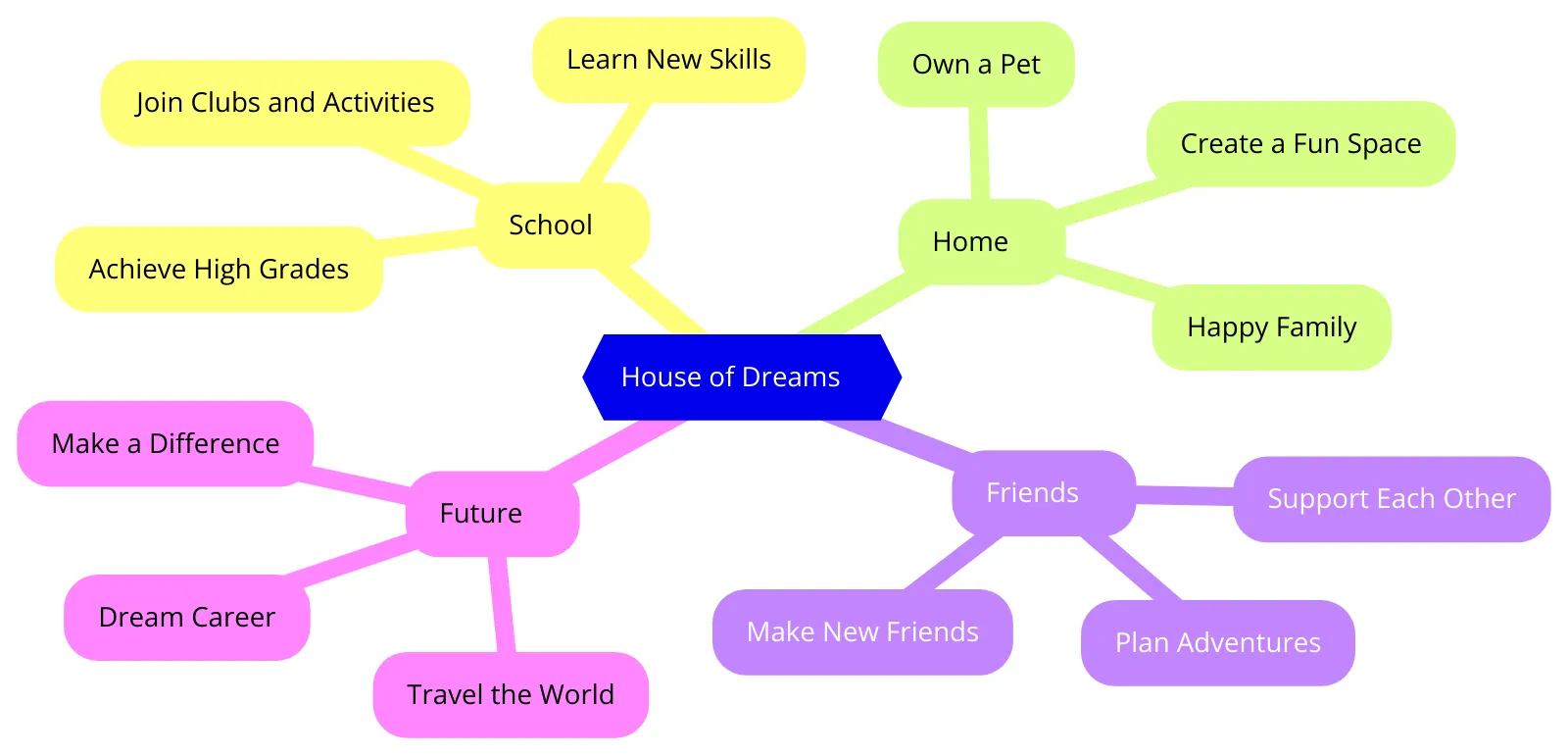
House of Good Things – Examples
This house helps identify the positive aspects in the child's life, emphasising what brings them joy, security, and a sense of well-being.

Additional Information and Ideas
If you are working with a particular child over an extended period, consider creating a dedicated '3-House Notebook' to record reflections and track progress over time. This tool also provides meaningful opportunities for reflective conversations. Asking questions like, 'What might make this worry feel smaller?' or 'What steps can we take today to move closer to this dream?' encourages the child to engage actively and deepens your connection with them.
If the child prefers, you can use stickers or drawings instead of writing. Before concluding the activity, review what has been discussed. Make it a habit to revisit the 3-House Assessment regularly, allowing the child to reflect on changes, celebrate progress, and address new worries or dreams.
Over time, this practice helps the child develop a sense of growth and achievement. You can allow children to cross out worries as they disappear and tick off goals as they are achieved. Additionally, you can include a section under the houses for your own notes and observations. This can serve as a reflective tool to review what went well and plan for future sessions.
Download the 3-Houses Assessment Tool
You can download the 3-House Assessment Tool by clicking here. If you find this resource useful, please consider making a donation.
Support the future of Unlocking Children with a donation
